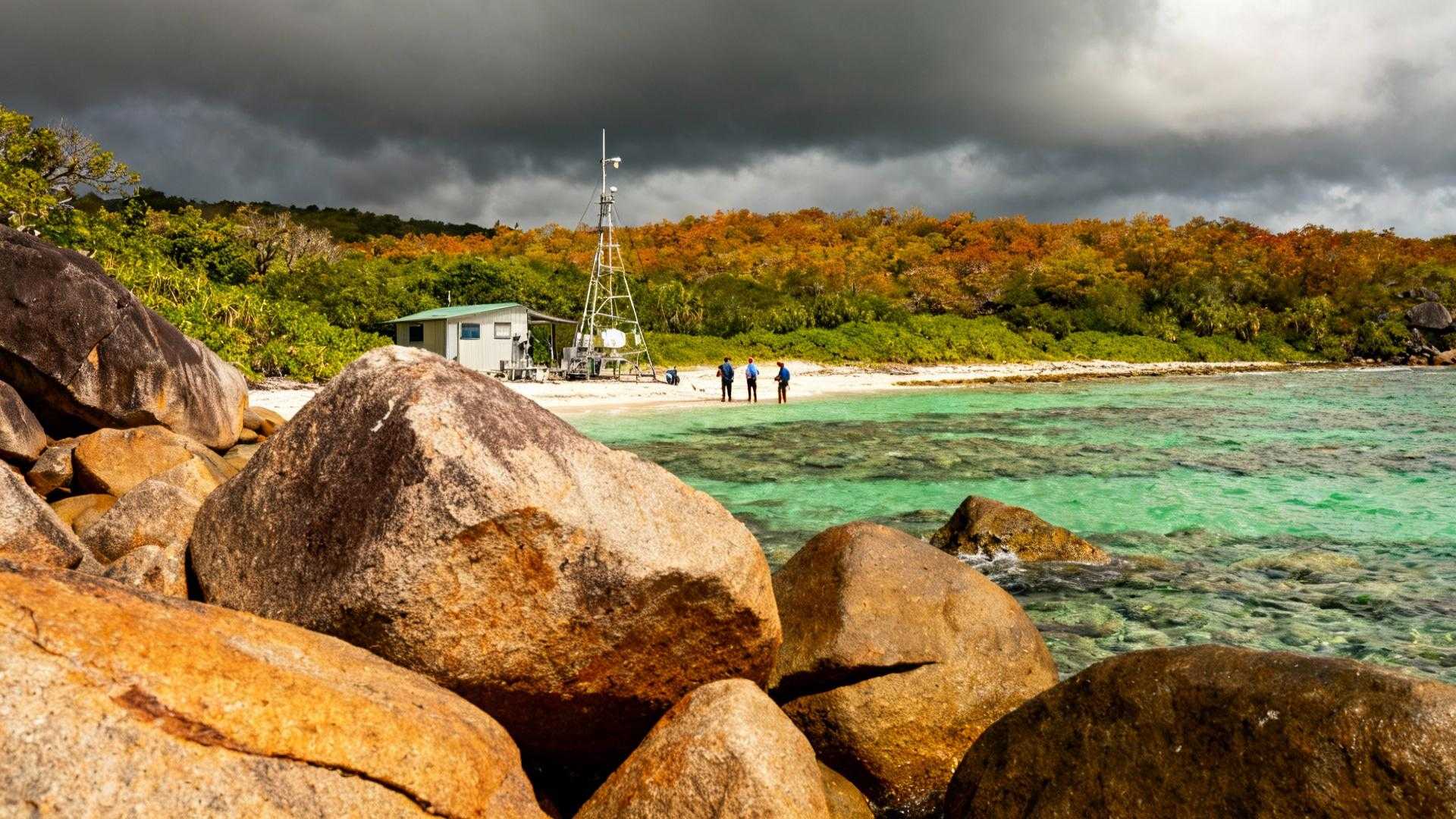After documenting 900+ turtle nesting beaches across two decades from Costa Rica’s Tortuguero to Oman’s Ras al Jinz, I thought I’d witnessed every variation of hawksbill behavior. Then Cousin Island shattered that assumption during an October research visit to Seychelles’ conservation crown jewel.
This 29-hectare Special Reserve operates the world’s longest-running hawksbill monitoring program, protecting over 1,300 marine species within waters extending 400 meters offshore. What distinguishes Cousin from every other rookery I’ve studied? Hawksbills here nest during accessible daylight hours—not just under cover of darkness like 99% of global populations.
Nature Seychelles guards this phenomenon through visitor windows restricted to 9:45am-12:30pm, Monday through Friday only. No weekend crowds. No evening disturbances. Just morning encounters with endangered turtles in their most vulnerable moments, protected by protocols refined across 45+ years.
The conservation transformation that rewrote extinction predictions
From coconut plantation to biodiversity stronghold
When the International Council for Bird Preservation purchased Cousin in 1968, creating the world’s first internationally-owned reserve, the island was an ecological desert. Wall-to-wall coconut plantations had erased native vegetation. Introduced livestock trampled remaining habitat.
Today, thriving Pisionia grandis forests shelter breeding colonies while fringing coral reefs host restoration projects pioneering large-scale marine recovery. The Seychelles warbler population exploded from 26 critically endangered birds in 1969 to over 3,000 individuals across five islands by 2015—prompting Red List reclassification to “Near Threatened.”
Why hawksbills chose Cousin’s protected shores
Strict predator control and vegetation management created ideal nesting conditions absent from Seychelles’ busier beaches. Female hawksbills return to natal beaches imprinted during hatchling years, making Cousin’s uninterrupted 45-year protection critical for generational site fidelity.
Like Con Dao’s community-protected marine sanctuary, Cousin demonstrates how controlled access sustains biodiversity. The difference? Cousin’s professional conservation staff eliminate enforcement challenges plaguing community-managed reserves.
The daylight nesting behavior scientists documented nowhere else
October marks peak visibility for rare diurnal activity
While most hawksbills globally nest exclusively at night, Cousin’s population exhibits daytime nesting behavior during October through March season peaks. Conservation wardens attribute this to minimal historical predation pressure and absence of artificial light pollution disrupting natural rhythms.
October 2025 coincides with dry season clarity—30+ meter underwater visibility—and nesting season commencement before December’s holiday crowds discover Seychelles. Current water temperatures hover at 26-28°C, ideal for hatchling development and snorkeling without thermal protection.
Monitoring protocols visitors witness firsthand
Guided morning walks reveal active research stations where wardens measure nesting females, tag flippers, and document clutch sizes. Visitors observe data collection techniques refined across Nature Seychelles’ world-leading monitoring program without disturbing critical reproductive behavior.
This transparency distinguishes Cousin from other conservation success stories where ecotourism remains separate from scientific work. Here, your $50-150 tour fee directly funds the research you witness.
Access restrictions that protect what makes Cousin irreplaceable
Why Nature Seychelles limits visitor windows
The Monday-Friday, 9:45am-12:30pm schedule ensures turtles experience undisturbed nesting attempts during critical dawn hours and afternoon peaks. Weekend closures provide 48-hour recovery periods from human presence.
CEO Nirmal Shah emphasizes turtle welfare supersedes tourism revenue: “In 1969, the Red List predicted Seychelles warbler extinction. Now we’ve proven conservation works—but only with boundaries visitors respect.” Those boundaries mean pre-booking through licensed operators becomes mandatory, never spontaneous beach access.
How visitor fees sustain protection without commercialization
Unlike budget tropical alternatives prioritizing accommodation revenue, Cousin operates zero overnight facilities. Every euro funds wardening patrols, reef restoration, and species reintroduction programs—including the endangered Seychelles magpie-robin.
This day-visit-only model prevents the habitat degradation plaguing resort islands while generating sustainable conservation funding. Visitors depart to Praslin accommodations, leaving Cousin’s nocturnal wildlife completely undisturbed.
Planning your October encounter with nesting hawksbills
Book tours through Nature Seychelles-approved operators on Praslin, accessible via 15-minute flight from Mahé International Airport or one-hour boat transfer. US/UK/AU passport holders receive visa-free entry for 90 days.
October’s nesting season launch offers 70% fewer tourists than December peaks while maintaining optimal weather conditions. Time your visit with late-October Creole Festival on Praslin for cultural immersion complementing conservation education.
What experienced turtle researchers ask about Cousin Island
How does Cousin’s monitoring program compare to other rookeries?
It’s the longest continuous hawksbill study globally, with uninterrupted data collection since 1973. This temporal depth provides population trend analysis impossible at newer conservation sites.
Can visitors participate in turtle tagging activities?
No. Only trained Nature Seychelles wardens handle turtles to prevent stress and ensure consistent data quality. Visitors observe from respectful 3-meter distances maintained throughout encounters.
Why don’t other Seychelles beaches show daytime nesting?
Mahé and Praslin’s beach development introduced artificial lighting and human activity that reinforced nocturnal nesting instincts. Cousin’s 45-year protection created conditions where diurnal nesting became evolutionarily viable.
